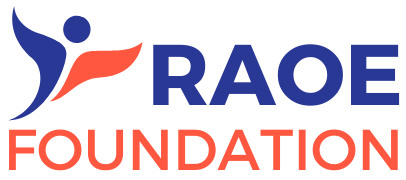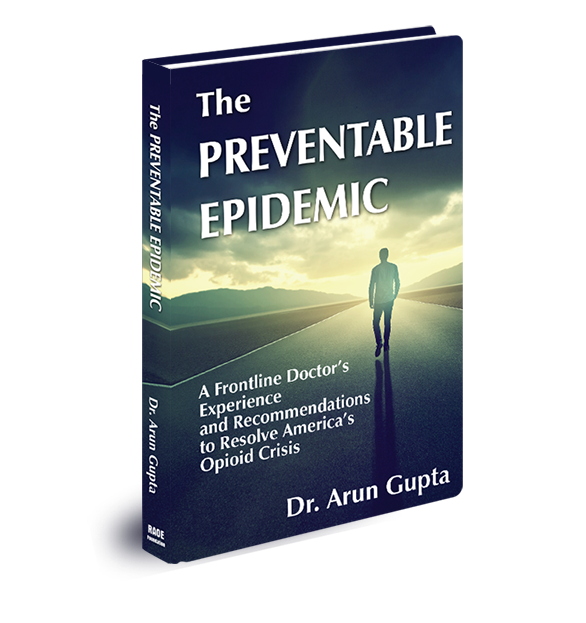Chapter 1
It gets more complicated for doctors than just mixed messages from government overseers and big pharma meddling.
Chapter 2
Nationwide cutbacks in prescriptions for opioids fueled a spike in heroin overdoses.
Chapter 3
Cash is king not only out on the street but in some doctors’ offices too. Both patients and doctors alike have their reasons for embracing a cash model of care.
Chapter 4
In 2006, after years of feeling powerless to help those addicted to opioids, benzodiazepines, and stimulants, I joined the American Society of Addiction Medicine and earned my certification to treat patients with addictions.
Chapter 5
There was no training about addiction in American medical schools or residency programs in the 20th century.
Chapter 6
Given that U.S. policies and law enforcement are failing to win the war on drugs in catastrophic proportions, why not let medical science have another shot to fix this problem?
More Chapters
© Copyright 2025 All Rights Reserved




